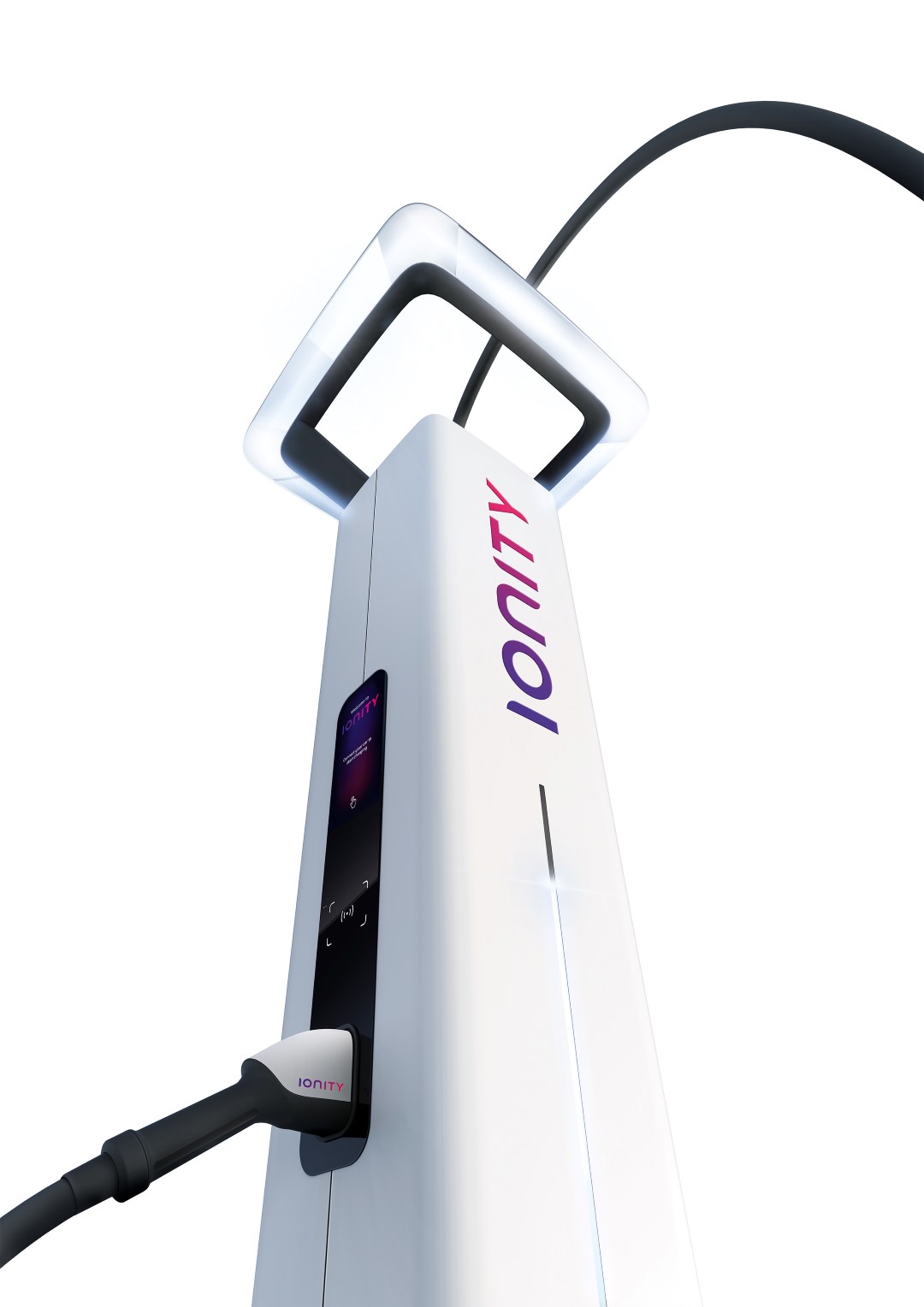Ionity is a joint venture (JV) between BMW Group, Daimler, Ford and Volkswagen AG - each with an equal share in the business and welcomes further partners interested in expanding the network over the medium to long term to pursue the objective of making e-mobility ready for long-distance travel.
From June 11 to 15, Ionity and Designworks will jointly present the design of the new charging poles at CEBIT, Europe’s Business Festival for Innovation and Digitization.
Designworks has been briefed by Ionity to design the charging station architecture, the charger pylons, and the digital interaction concept.
The designers’ commission consists of furnishing the JV with a recognisable, welcoming and leading-edge visual identity in Europe, whilst significantly improving the electric charging experience.
The goal is to dispel concerns about range and make e-mobility more attractive for long-distance travel.

"In creating the first Pan-European HPC network, we are looking to give electro-mobility a boost toward a breakthrough in Europe. Design, with the tremendous potential it has to reach people and influence them in a positive manner, is a key factor for us here," he added.
Using Ionity’s corporate identity and the core issues of e-mobility as a starting point, the design team developed an independent aesthetic vocabulary intended to establish IONITY's fast-charging stations as beacons along Europe’s principal transport routes.
In alignment with the spirit of e-mobility, the charging station-architecture transmits a sense of space that is open, light, clear, and user-friendly.

The design aesthetics of the charging station can also be seen in the charging pylons.
Streamlining all elements down to their geometrical foundation, well-defined, large radii, taut surfaces, and balanced proportions contribute to the overall inviting impression and give the charging pylon a welcoming appearance.
In an intuitive manner, the clear design conveys the user friendliness and speed in charging, which has significantly increased in comparison to today’s standard.

At night, the charging pylons will be illuminated with what appears to be a free-floating light ring, seated on top of the slender charger’s body, using light or colour changes to communicate information about charge status to users.
"In order to create holistic experiences, it is imperative to give product and interaction design equal attention and to ensure an integrated process," said Designworks president Holger Hampf.
"The design of IONITY´s charging poles conveys the value of this approach: We have involved customers in the design process and thought about every analogue and digital detail until we reached a solution that will truly enable a new kind of charging experience" he explained.

The charging stations, each of which will be offering up to six chargers are equipped with the latest e-charging technology.
They will be easily accessible by the public situated at a distance of approximately 120km from each other.
Ionity uses the European charging standard "Combined Charging System" (CCS) with a charging capacity of up to 350kW and thereby will provide cross - brand compatibility with most present day and future electric vehicles.

















